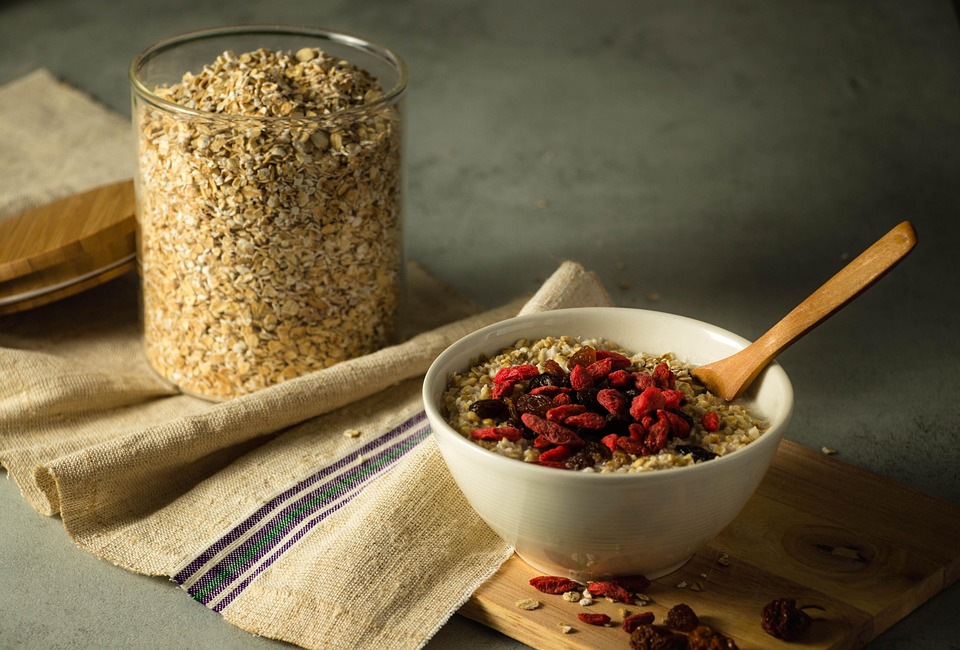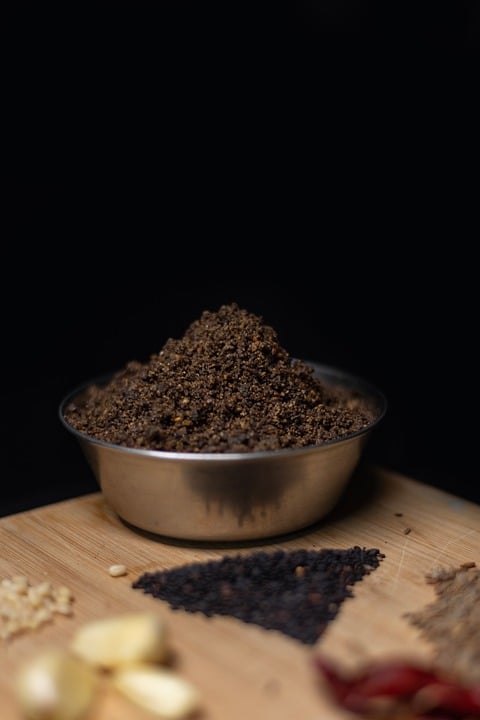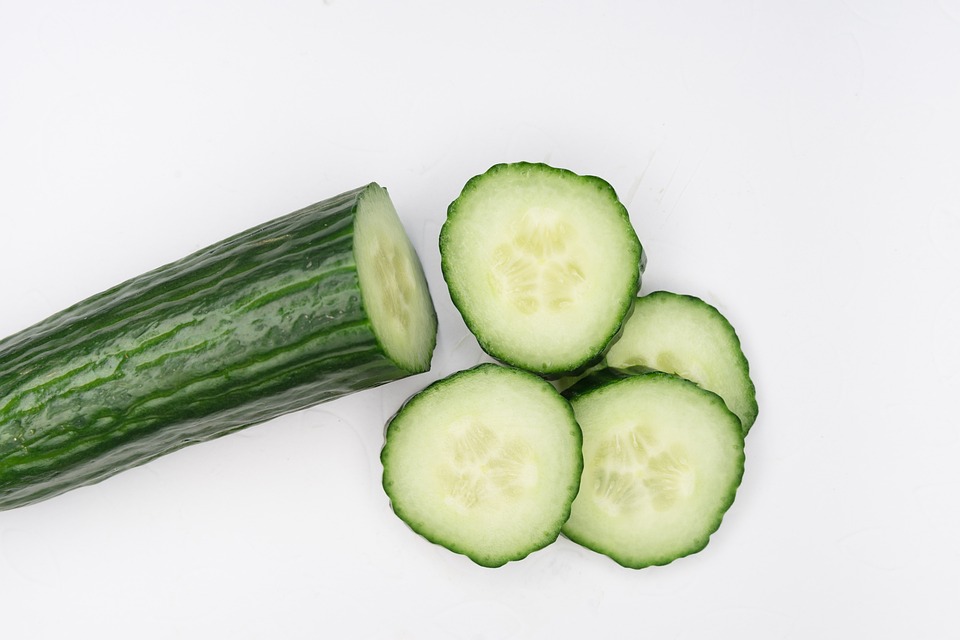Wholesome Korean Dishes: A Guide to Healthy Eating

[ad_1]
Wholesome Korean Dishes: A Guide to Healthy Eating
Korean cuisine is renowned for its vibrant flavors and diverse ingredients, but it also offers a plethora of healthy options that can nurture both the body and soul. From fermented dishes rich in probiotics to vegetable-packed meals, Korean food is a treasure trove of wholesome ingredients. This guide explores some of the healthiest Korean dishes that will not only satisfy your taste buds but also contribute to a balanced diet.
1. Kimchi
No discussion of Korean cuisine is complete without mentioning kimchi. This traditional fermented dish, typically made from napa cabbage and radishes, is rich in probiotics, vitamins, and fiber. Kimchi is known for its tangy flavor and can be enjoyed as a side dish or incorporated into various meals. Eating kimchi regularly may promote gut health and boost the immune system.
2. Bibimbap
Bibimbap, which translates to “mixed rice,” is a colorful and nutritious dish that includes a base of rice topped with an assortment of sautéed vegetables, a protein source (often beef, chicken, or tofu), and a fried egg. The dish is typically finished with a dollop of gochujang (Korean chili paste) for flavor. The variety of vegetables provides a wealth of vitamins and minerals, making bibimbap a well-rounded meal.
3. Japchae
Japchae is a savory stir-fried noodle dish made from sweet potato starch vermicelli, which is gluten-free and low in calories. The noodles are cooked with an array of vegetables such as spinach, carrots, and onions, as well as a protein source. The dish is lightly seasoned with soy sauce and sesame oil, making it both flavorful and nutritious. Japchae is often served at celebrations and gatherings, showcasing its versatility.
4. Doenjang Jjigae
Doenjang jjigae is a hearty soybean paste stew that is both comforting and nutritious. Made with fermented soybean paste (doenjang), this stew typically includes tofu, zucchini, mushrooms, and green onions, all simmered together to create a rich and savory broth. The fermentation process of the soybean paste adds beneficial bacteria, while the variety of vegetables contributes to its health benefits.
5. Sigeumchi Namul
Sigeumchi namul, or seasoned spinach, is a simple yet nutritious side dish that highlights the natural flavors of spinach. The spinach is blanched and then seasoned with garlic, sesame oil, and soy sauce. Spinach is packed with iron, vitamins A and C, and antioxidants, making it a great addition to any meal. This dish can be enjoyed on its own or as part of a larger spread.
6. Tofu Jorim
Tofu jorim is a savory dish where tofu is braised in a soy sauce mixture along with garlic, green onions, and sometimes vegetables like carrots or mushrooms. Tofu is an excellent source of plant-based protein and is low in calories. This dish is not only delicious but also provides essential amino acids, making it a great option for vegetarians and vegans.
7. Kimchi Jjigae
Kimchi jjigae is a spicy stew made with kimchi, tofu, and pork or tuna, simmered together to create a comforting and flavorful dish. The fermentation of the kimchi lends a unique depth of flavor while providing probiotics. This stew is hearty and can be enjoyed with rice, making it a filling and satisfying meal.
8. Banchan
Banchan refers to a variety of small side dishes served along with rice in Korean meals. These dishes often include various pickled vegetables, seasoned greens, and legumes, all of which contribute to a healthy diet. The diversity of flavors and textures in banchan makes each meal exciting and ensures that you are consuming a wide range of nutrients.
Conclusion
Korean cuisine offers a multitude of wholesome dishes that prioritize health without sacrificing flavor. By incorporating these healthy options into your diet, you can enjoy the vibrant tastes of Korea while nourishing your body. Whether you are a seasoned cook or a curious newcomer, exploring the world of Korean food can lead to a delicious and beneficial culinary journey.
[ad_2]



